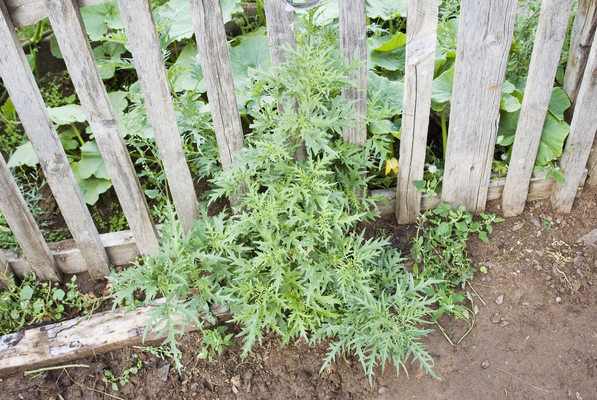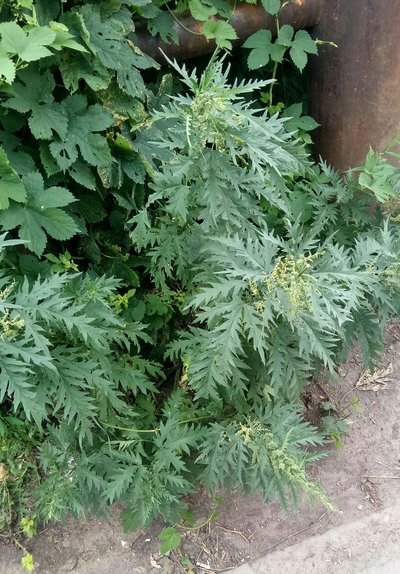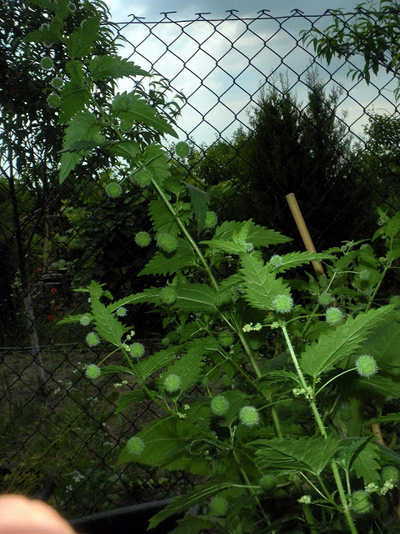movick
Chirping
- Sep 15, 2022
- 34
- 33
- 54
Siberian hemp nettle (Urtica cannabina) is part of traditional Uyghur medicine. According to the photos, it is a nettle with a pleasantly exotic appearance, it is said to be not as stinging as the common nettle (U. dioica). "In the past, hemp nettle was cultivated for its fiber, the extract, similar to that of St. Nettle, has a diuretic and hematopoietic effect, stimulates the secretion of gastric juices and facilitates digestion. Hemp nettle is also good for beauty. Drinking an infusion of fresh leaves is recommended as a remedy against hair loss hair and dandruff."
Roman nettle (U. pilulifera) was also traditionally used. "This type of nettle was formerly cultivated for its shiny, black, oily seeds for pressing oil. Nettle fibers were used much like flax fibers to make clothing, ropes, and fine paper."
They have identical ecological requirements and have a competitive relationship with the common nettle. They all seem to have more or less the same uses and health effects. Could be an interesting addition to our herb garden.
Roman nettle (U. pilulifera) was also traditionally used. "This type of nettle was formerly cultivated for its shiny, black, oily seeds for pressing oil. Nettle fibers were used much like flax fibers to make clothing, ropes, and fine paper."
They have identical ecological requirements and have a competitive relationship with the common nettle. They all seem to have more or less the same uses and health effects. Could be an interesting addition to our herb garden.
Attachments
Last edited:





